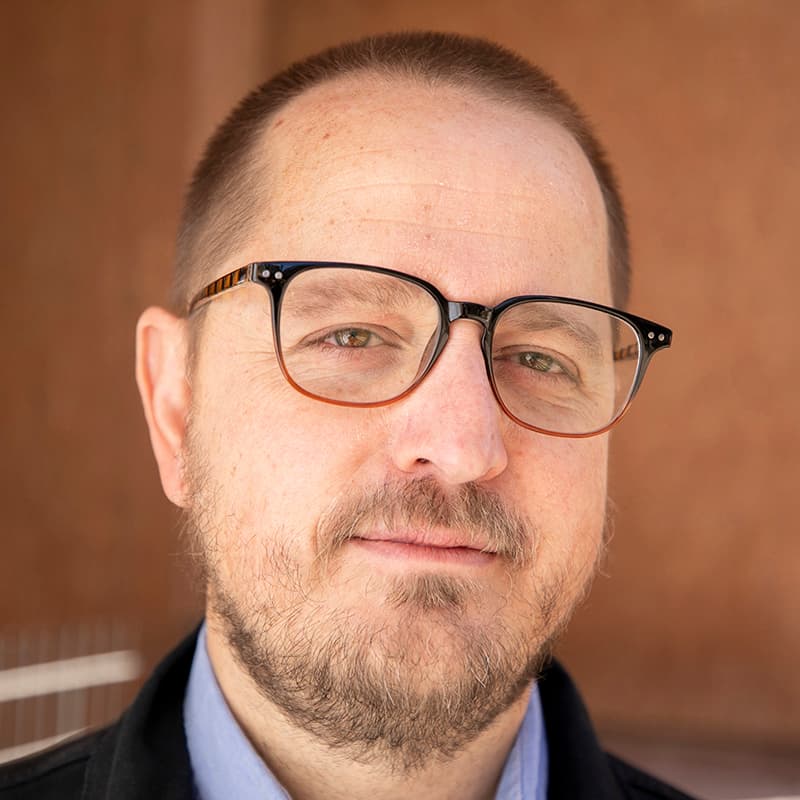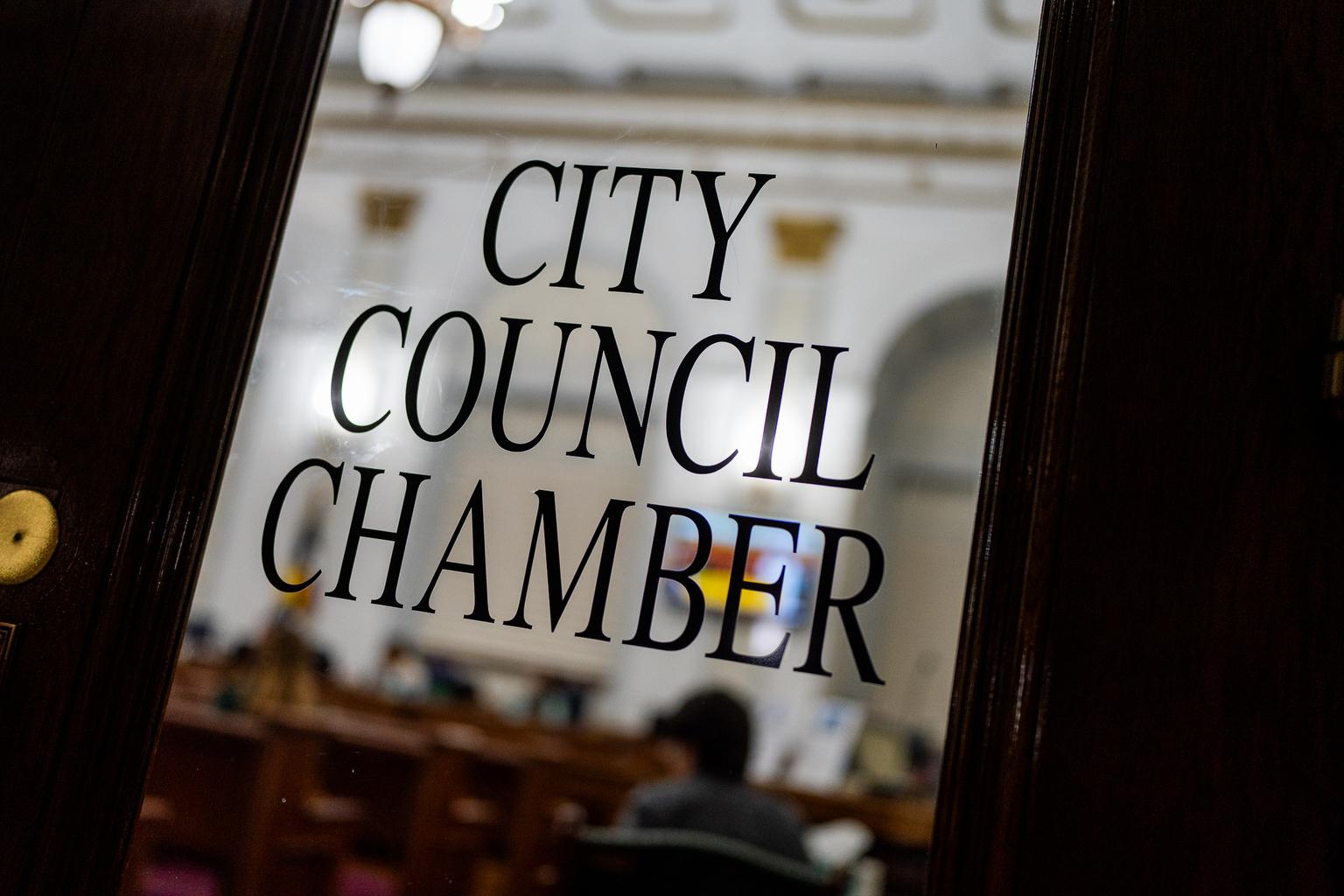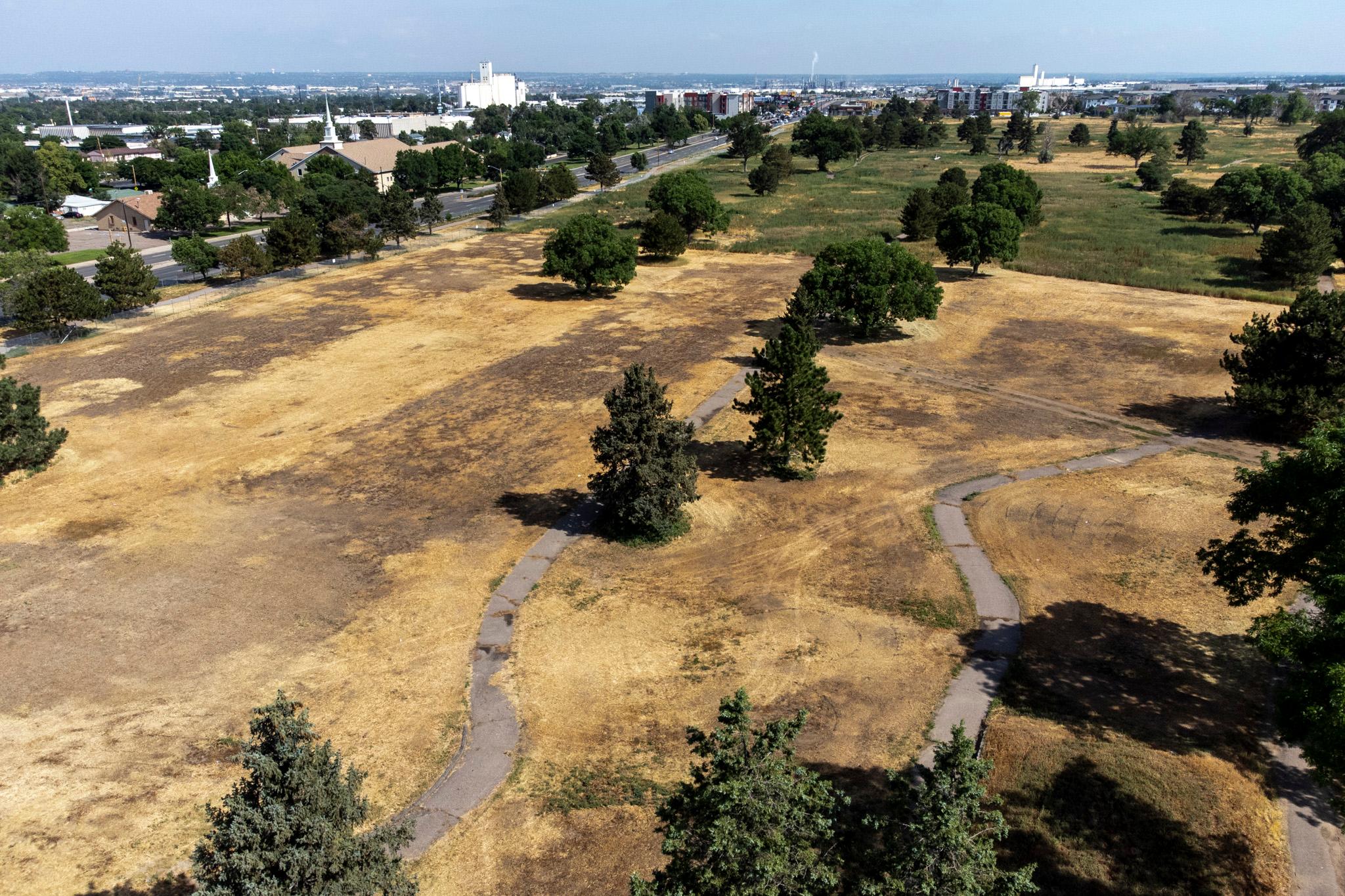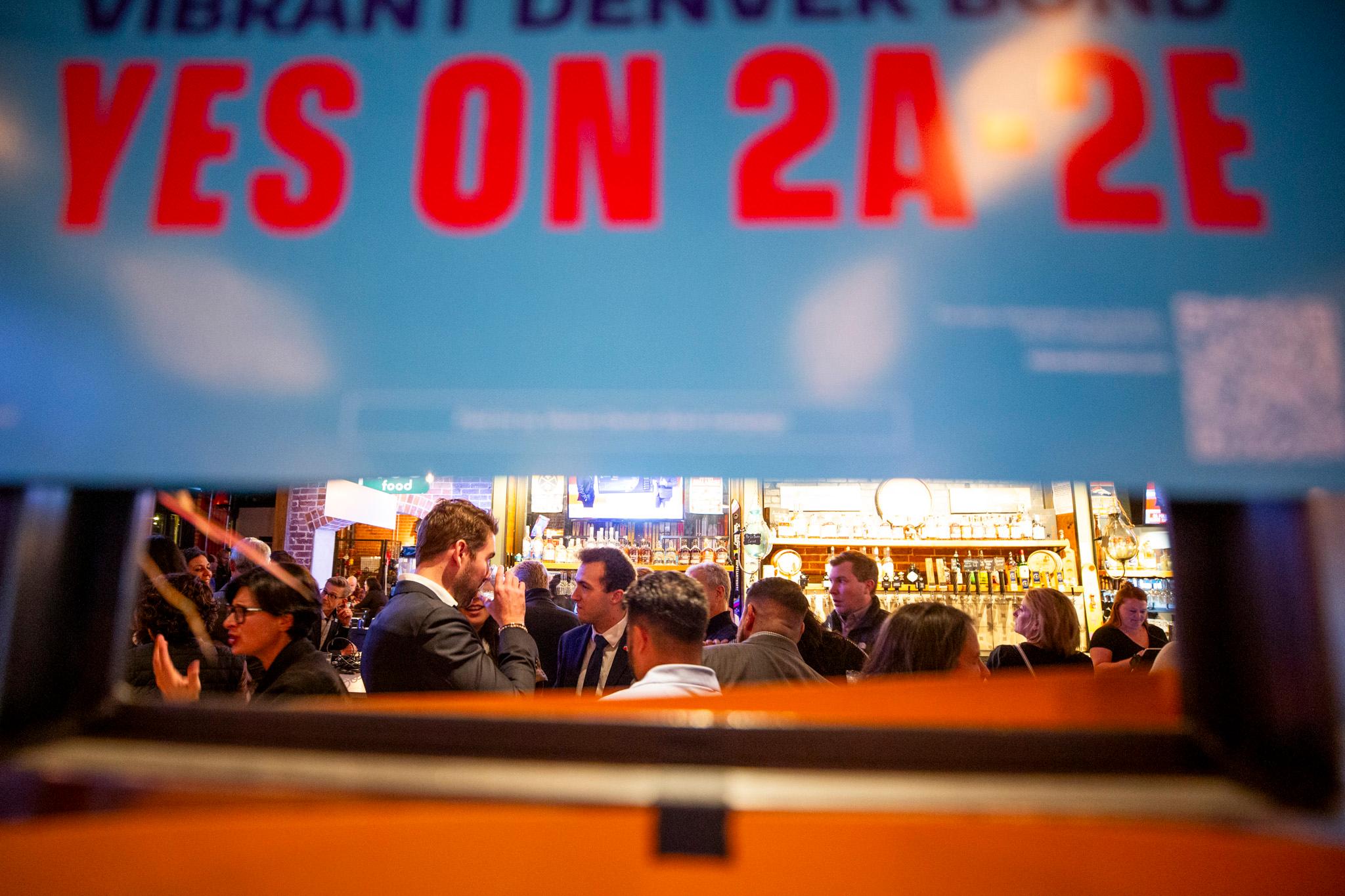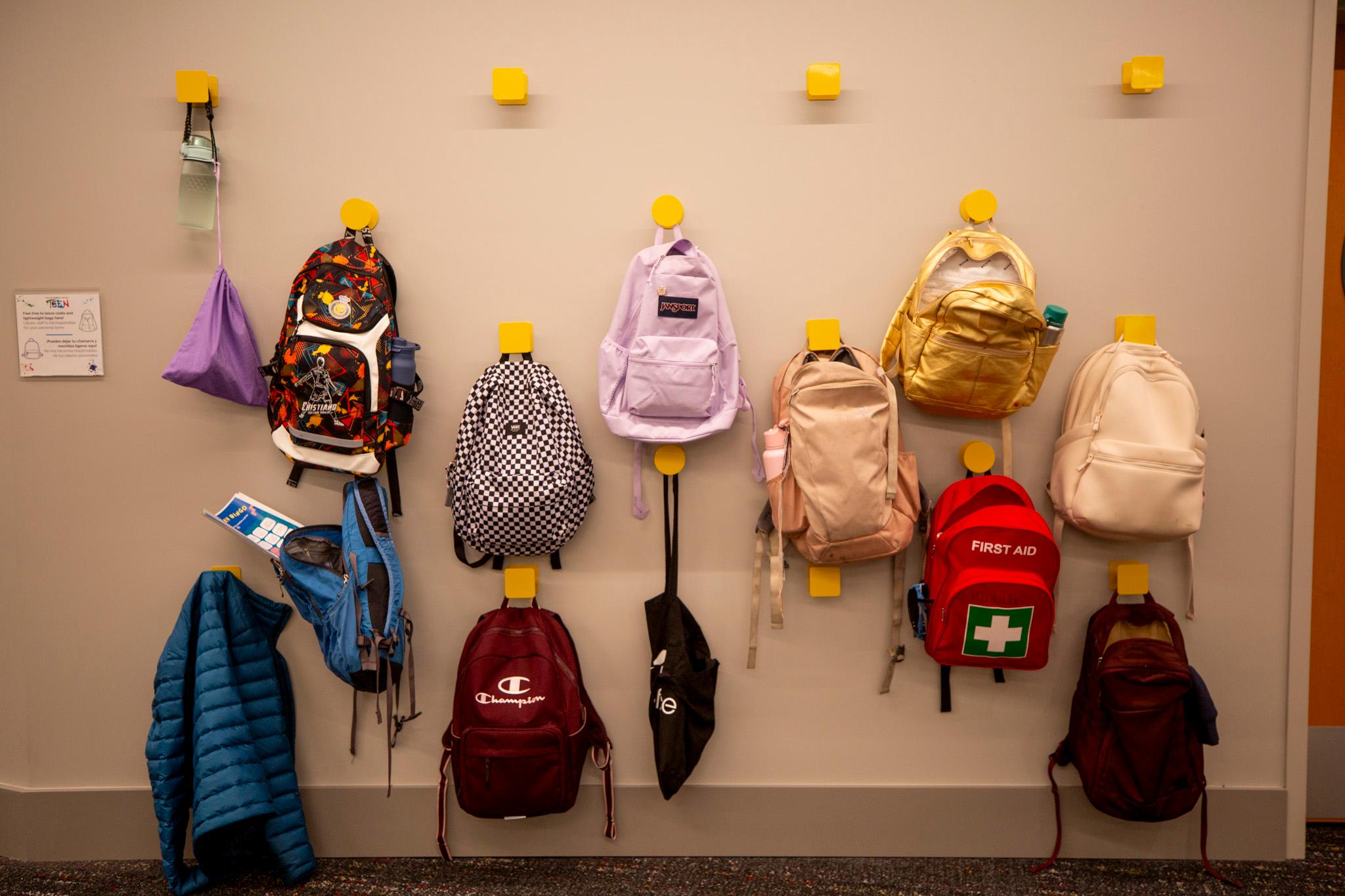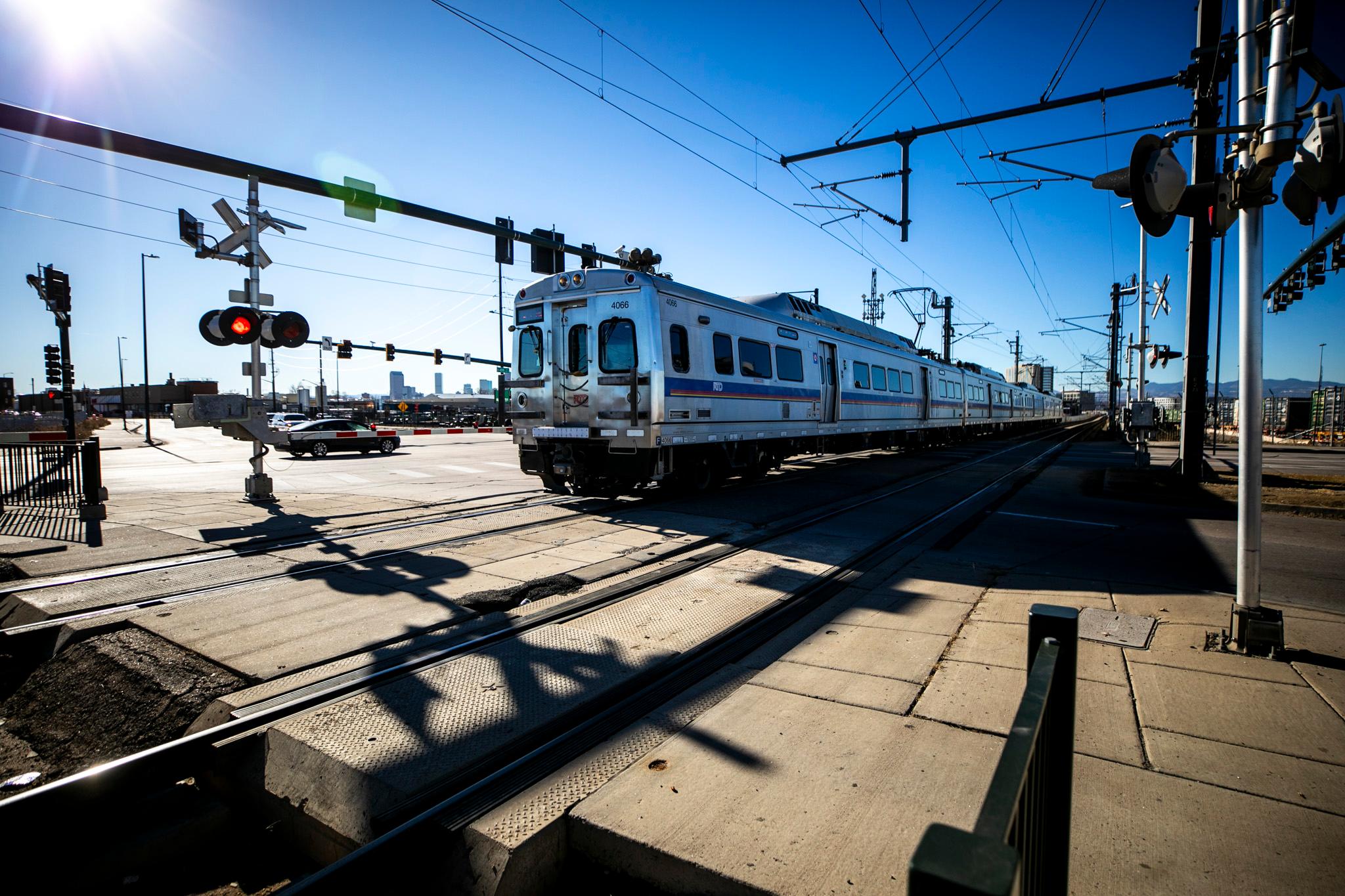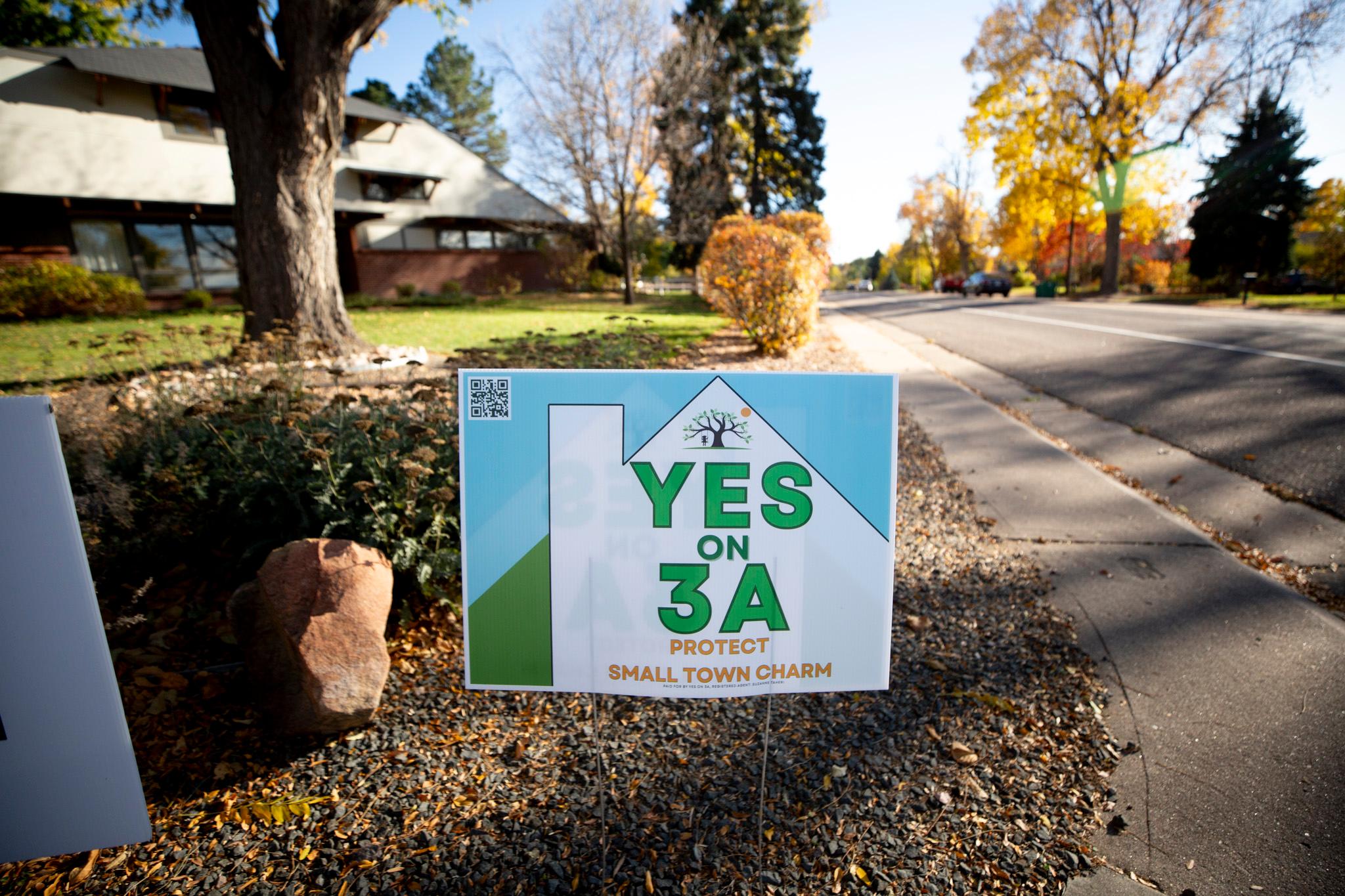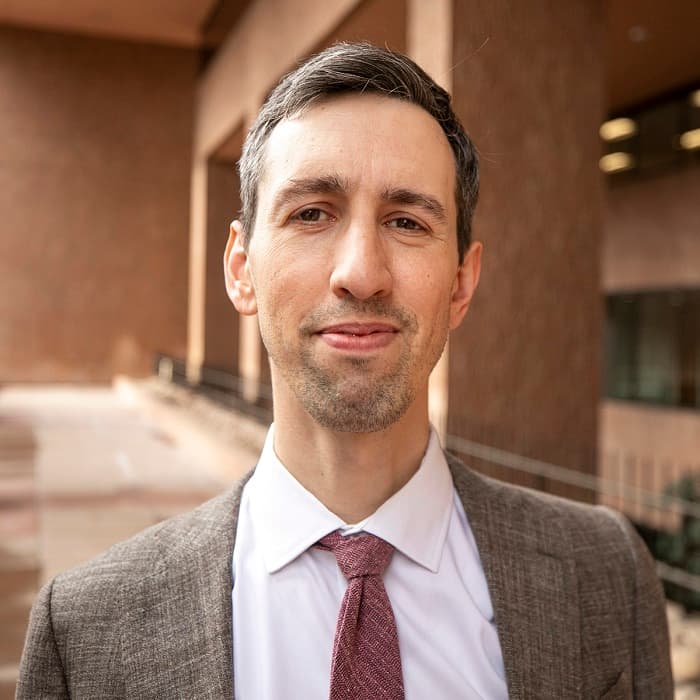
Referred Question 2G would change how elections work for Denver City Council’s at-large districts.
The two at-large council members represent the entire city, unlike district council members who represent different parts of Denver.
Currently, at-large members do not need the support of a majority of voters to win. Instead, the top two candidates are awarded at-large seats, no matter how many votes they have.
That would change under 2G, which would make a significant change to how the at-large elections are run. Several district council members initiated the proposal, arguing it would align the at-large races with other city elections.
But critics say the change would hurt progressive candidates who have succeeded in the current system. The current system may favor candidates who are backed by smaller but cohesive groups of voters.
The measure also would require runoff elections in some circumstances, an additional expense for the city.
Here’s the language you’ll see on your ballot:
Shall the Charter of the City and County of Denver be amended to change the method for electing the two at-large councilmembers by designating a Councilmember-at-large seat A and Councilmember-at-large seat B and requiring that a candidate for election to either seat be elected in the same manner as the Mayor, Auditor, and Clerk and Recorder?
How would it work?
Denver City Council has two at-large seats that represent the entire city.
Currently, all the candidates for those two seats run in one big election. Voters can pick two candidates, and the top two candidates win the two seats.
This can result in candidates taking office with less than half the vote. For example, in the most recent at-large election, Serena Gonzales-Gutierrez received just over 20 percent of the vote, and Sarah Parady received just over 16 percent. Ten candidates participated.
If 2G passes, it would rearrange the at-large races.
Instead of pooling all the candidates, 2G would create two separate at-large council races. Candidates would choose whether to compete in at-large A or at-large B. Both districts would cover the entire city — but the choice of “A” or “B” would determine which pool of opponents a candidate faces.
To win, a candidate would need more than 50 percent of the vote in their chosen at-large race. If no candidate achieved a majority in the race, it would go to a runoff between the top two candidates — similar to other elections in the city.
Who's for it?
The measure was sponsored by Denver City Council members Kevin Flynn and Darrell Watson. The council agreed to put it on the ballot with a narrow 7-6 vote. Council members Flor Alvidrez, Stacie Gilmore, Chris Hinds, Diana Romero Campbell and Amanda Sawyer also voted in support.
Flynn argued the current system is confusing because it deviates from the way most citywide offices are selected. It’s unusual for a single item on the ballot to determine two winners, and the current system does not offer a chance for a runoff election.
And some voters don’t take full advantage of the current rules: Roughly a quarter in the last election only voted for one at-large candidate.
Some opponents have suggested Flynn’s strategy would reduce the diversity of winners. But Flynn maintains that would not be the case.
“As far as diversity of choice, in the last 14 elections, that was 54 years, only three people of color have been elected at-large,” Flynn said. “It's largely been won by white candidates and it's because of the citywide vote for two on a single ballot.”
Proponents argue the new system would force candidates to appeal to a wider constituency to secure at least half of the vote. And some say that would also make it harder for a far-right candidate — or one from any other political wing — to win office.
Who's against it?
Both of the city’s current at-large council members, Sarah Parady and Serena Gonzales-Gutierrez, oppose the measure. Council members Jamie Torres, Amanda Sandoval, Paul Kashmann and Shontel Lewis also voted against putting it on the ballot.
“The reality is that Serena and Sarah are the loudest progressive left voices in the city and are a thorn in people's side, and [the measure’s proponents] saw this as an opportunity to [expletive] them,” progressive strategist Deep Badhesha said.
Lewis described the legislation as “unkind” and argued the new system was built to target progressive at-large council members Parady and Gonzales-Gutierrez.
The change to the system could make it harder for them to protect their seats, since they would need to attract a broader constituency. In a runoff election, another candidate could consolidate centrist voters who are split between multiple candidates in the current election.
“We aren't fixing anything here,” Lewis said. “We're gaming the system in order to have a specific result for folks who are used to having power in our city, and that could potentially go away. That's wrong.”
Denver Clerk and Recorder Paul López suggested an alternative fix to the issue of having two races on one ballot item: staggering elections for the at-large seats, so one at-large candidate would be chosen every two years.
Previous Denverite coverage of Referred Question 2G
Denver council rejects ranked-choice voting proposal, but another election change advances
